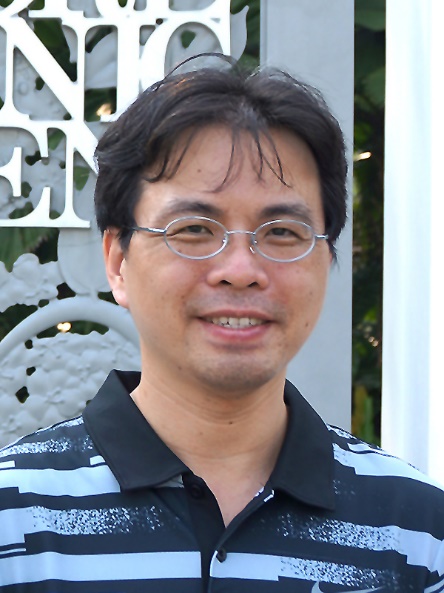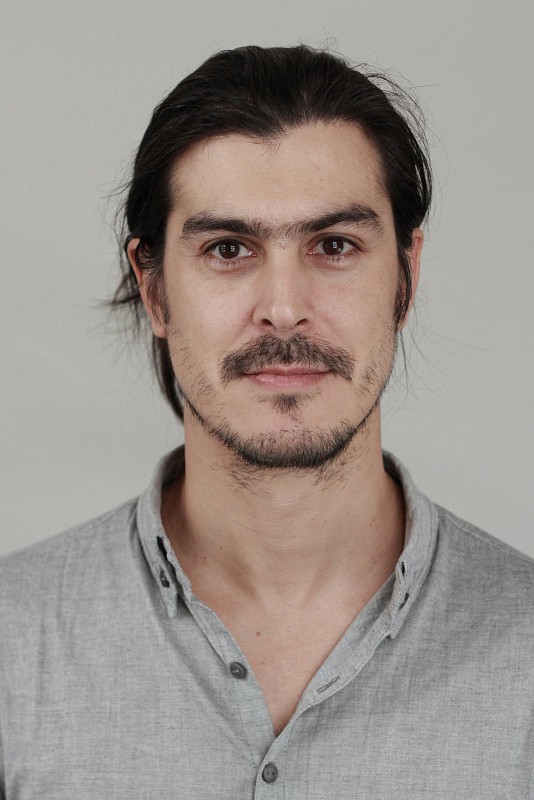Keynote 1.

Bor-Shyh Lin
Professor
Institute of Imaging and Biomedical Photonics
National Chiao Tung University, Taiwan
Title: Biosensing Technology and Brain Computer Interface Design
Abstract:
Brain–computer interface (BCI), is a direct communication pathway between the brain and an external device. BCIs are often directed at assisting, augmenting, or repairing human cognitive or sensory-motor functions. However, in reality, there are a lot of technical problems coming from brain physiology, in particular, noninvasive sensing techniques for brain activity and partial brain knowledge. Most of current BCI systems require the conventional EEG machine and EEG electrodes with conductive gels (wet electrodes) to acquire multi-channel EEG signals, and then transmit these EEG signals to the back-end computer to perform the function of brain computer interface. This also reduces the convenience of use in daily life, and increases the limitation of BCI applications. In this talk, we introduce the basic scheme of brain computer interface and several novel sensing techniques for brain activity, including novel dry electrodes and near-infrared spectroscopy. Different BCI applications are also illustrated and demonstrated.
Biosketch:
Bor-Shyh Lin, Ph.D., is Professor of Institute of Imaging and Biomedical Photonics, National Chiao Tung University, Taiwan. He is also IEEE senior member. He received B.S. degree in electrical engineering from National Chiao Tung University, Taiwan, in 1997, M.S. degree and Ph. D. degree in electrical engineering from National Taiwan University, Taiwan, in 1999 and 2006 respectively. He established and founded Biomedical Systems Laboratory in 2009 and Chi Mei Medical Center-National Chiao Tung University Biomedical Engineering Joint Laboratory in 2013. His research interests are in the areas of biomedical system design, biomedical signal processing, and biosensor. He is also the recipient of several academic awards including IEEE Best GOLD Member Award.
